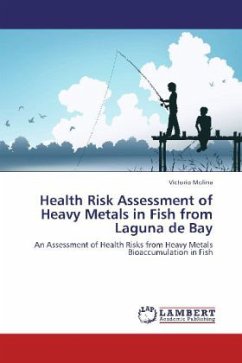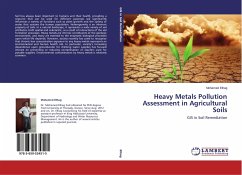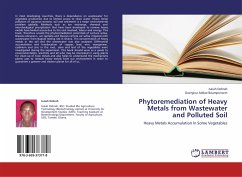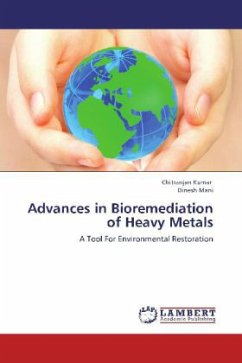This book provides an assessment of the risks to human health associated with consumption of fish from Laguna de Bay. Fish samples of bangus, bighead carp, dalag, kanduli, and tilapia collected during the wet and dry seasons were analyzed for cadmium, lead, mercury, arsenic, and chromium. Estimates of health risks were summarized according to non-carcinogenic and carcinogenic health effects. Non-carcinogenic Hazard Quotient values of five heavy metals showed that lead is the most urgent pollutant of concern from all sampling locations in the lake. Elevated health risk for mercury was also evident in the west and central bay particularly for dalag and kanduli species. Among the five heavy metals only arsenic is a confirmed human carcinogen through the oral route of exposure. The highest life time cancer risk for arsenic was computed for tilapia from sampling station 2B (dry season) with risk value of 8.5E-04 or an excess of 85 cancer cases per 100,000 population. From the point ofview of human health protection, fish products from the lake particularly bangus, bighead carp, dalag, kanduli and tilapia are not fit for long-term human consumption.








